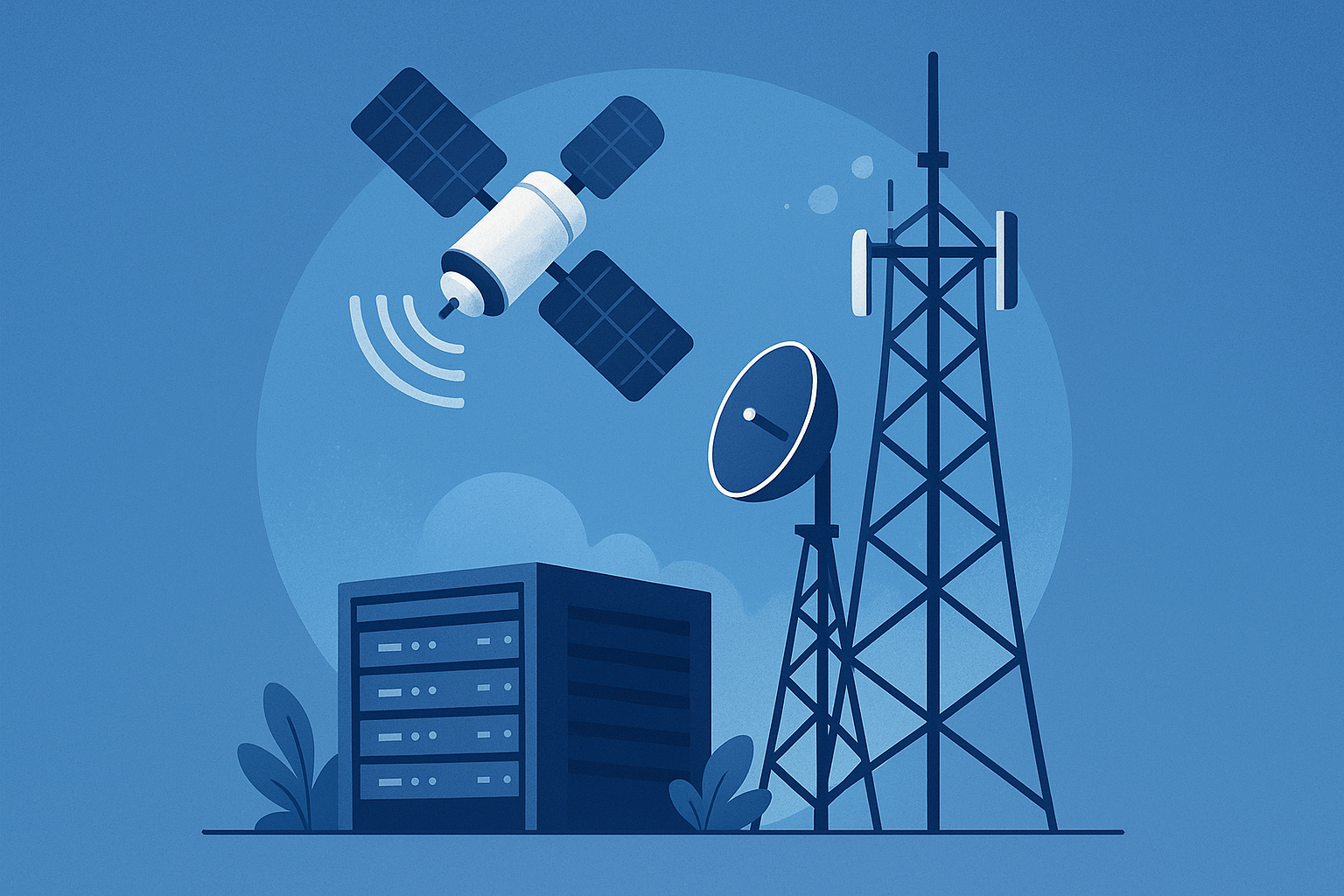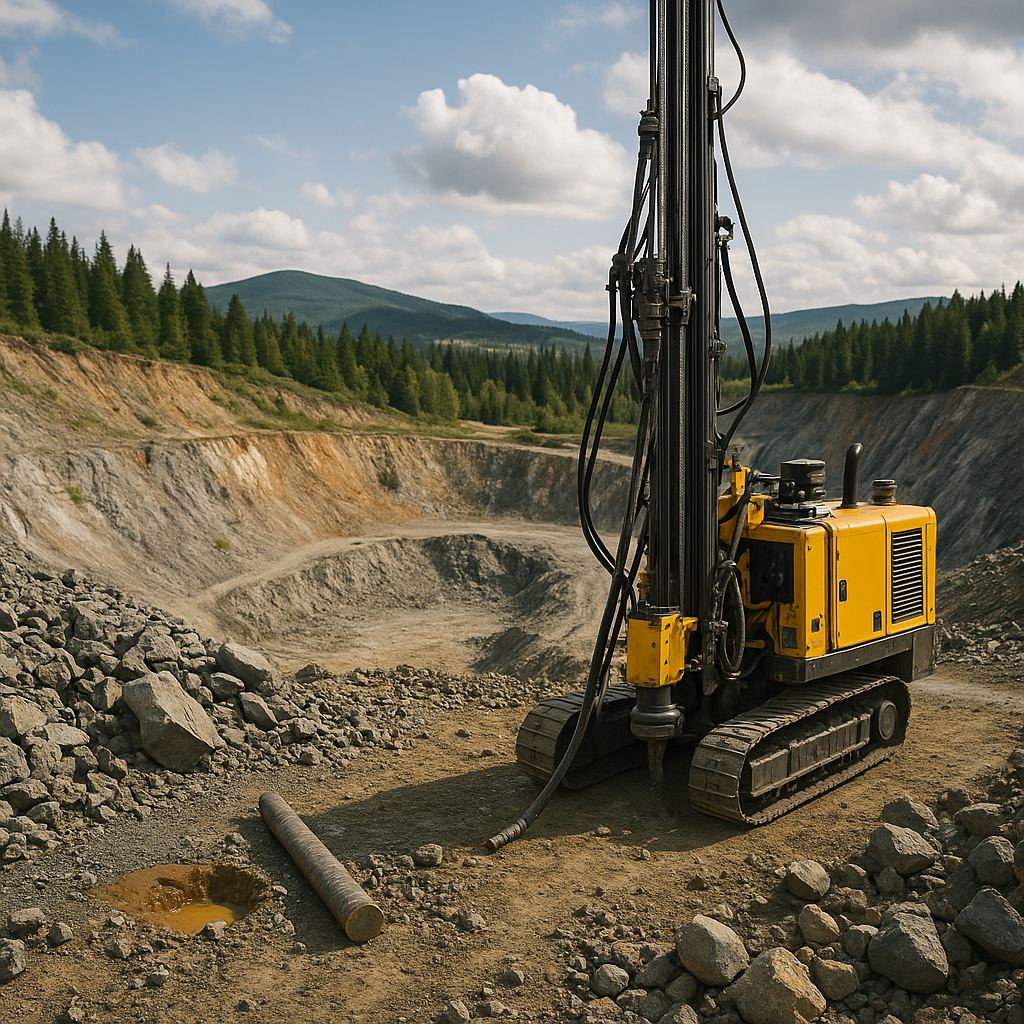The Next Wave of AI Infrastructure: Beyond Chips
As the global race to build out artificial intelligence (AI) infrastructure accelerates, attention is shifting away from the usual suspects—semiconductor giants like NVIDIA and AMD—and toward a less crowded frontier: communications equipment and satellite networks. Investors have begun rotating into firms that provide the backbone of the AI ecosystem, from fiber-optic connectivity to low-orbit satellite systems that feed data-hungry machine learning models across the globe.
According to Seeking Alpha, stocks tied to the communications and satellite industries are quietly outperforming traditional chip leaders in certain subsectors, reflecting a broader investor realization: the AI revolution requires far more than just processing power—it needs bandwidth, low latency, and global data mobility.
Why This Matters for Investors
The AI build-out is evolving from a chip-centric to an infrastructure-driven phase. Analysts estimate that global AI-related data-center spending could surpass $500 billion by 2027, according to a McKinsey report, but those data centers depend on massive upgrades in power grids, fiber networks, and orbital data transfer systems.
Companies like Viasat, Iridium Communications, and SES S.A. have seen increased investor interest as cloud and AI service providers scramble for high-speed, low-latency global links. Meanwhile, Cisco Systems and Juniper Networks are seeing demand rise for next-gen routers and switches optimized for AI workload traffic.
This pivot underscores a critical truth: while semiconductors are the “brains” of AI, communications infrastructure is the “nervous system” that connects them.
“Data is only as powerful as its ability to move,” noted a Bloomberg Intelligence strategist. “As AI models scale in size and complexity, the infrastructure required to transmit, store, and manage that data becomes the next major bottleneck—and opportunity.”
The Satellite Edge
Low-Earth Orbit (LEO) satellite constellations—once viewed mainly as a tool for rural internet access—are now being recognized as essential infrastructure for global AI deployment. These systems enable data synchronization and edge computing far from centralized data centers, allowing AI models to run closer to real-world endpoints like autonomous vehicles, remote sensors, and drones.
Seeking Alpha highlights that satellite network capacity is increasingly being leveraged for distributed AI computing. SpaceX’s Starlink, Amazon’s Kuiper, and OneWeb are all exploring partnerships with AI developers and cloud providers to expand real-time connectivity.
For investors, this signals a new sub-sector: AI-integrated space infrastructure—a hybrid field where aerospace, data processing, and communications intersect.
Market Signals and Institutional Moves
Institutional flows are validating the shift. According to Reuters, asset managers have begun reallocating capital into satellite and telecom ETFs, while major investment banks are ramping up coverage of “AI infrastructure plays.”
Meanwhile, Goldman Sachs projects that by 2028, over 35% of AI-related capital expenditure will go toward data movement and storage infrastructure—up from roughly 20% in 2023. That shift could benefit not only satellite firms but also terrestrial communication hardware providers, data-center REITs, and power equipment manufacturers.
However, the sector is not without risk. The surge in investor enthusiasm has led to lofty valuations, and analysts warn that some firms may be pricing in AI demand that is still years away. The sector’s volatility also reflects broader market sensitivity to interest rates, given the capital-intensive nature of infrastructure development.
Future Trends to Watch
- AI at the Edge: Expect more partnerships between cloud providers and telecom firms to extend AI processing to the network edge.
- Sustainable Infrastructure: ESG and energy-efficient connectivity will play a key role as AI’s carbon footprint comes under scrutiny.
- Cross-Sector Mergers: Telecoms, space, and semiconductor firms may pursue strategic mergers to vertically integrate AI infrastructure capabilities.
- Policy & Regulation: Governments are expected to roll out incentives and national frameworks for AI infrastructure resilience—especially in the U.S., EU, and Japan.
Key Investment Insight
Investors looking beyond the “AI chip trade” should consider diversifying into infrastructure enablers that power and connect the AI ecosystem. Communications equipment, satellite networks, and fiber-optic suppliers could offer more sustainable upside as AI adoption matures.
That said, speculative momentum has inflated valuations in certain small-cap satellite and equipment names. Prudent investors may want to focus on fundamentally strong firms with stable cash flow and long-term government or enterprise contracts rather than chasing short-term hype.
Stay Ahead with MoneyNews.Today
As AI expands beyond data centers into every corner of the digital economy, understanding where the next wave of growth will occur is critical. For daily coverage of market-moving developments—from AI and crypto to commodities and policy—stay informed with MoneyNews.Today, your trusted source for investor insights and strategic analysis.





